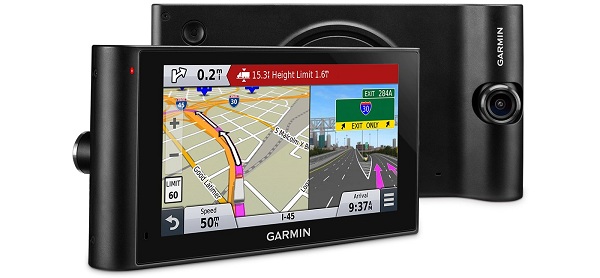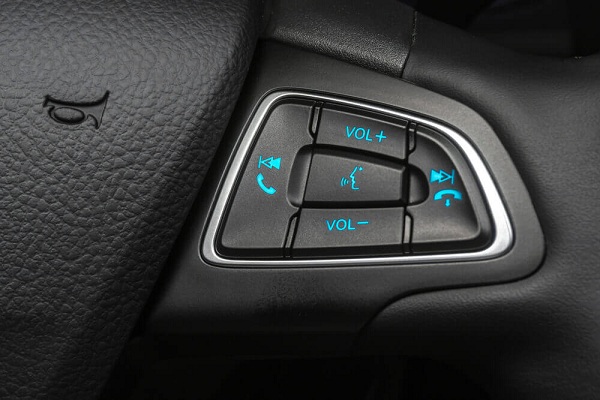Fleet tracking can be a difficult task to undertake. However, making a few small changes becomes much more manageable. It can be very beneficial for businesses that utilize vehicles of any kind on a daily basis, whether you need to track the location of your company’s fleet of trucks or just want to make sure you know where your teenager is at all times. Here are six tips, and you’ll have fleets tracked effectively.
1. Combine Dash Cam and GPS Technology

Equipping your fleet with dash cams and GPS helps ensure your fleet is tracked from multiple angles. While you may know where all of your fleets are at any given time, not everyone else does. Providing the ability for people to track your location from various angles will make life easier when they need to decide what paths you could have taken to get somewhere.
Your trusty navigator will find out in no time that there happened to be a detour along the way and will be able to tell you apart from someone who didn’t bother with providing multiple location services. Managing your dashcam fleet gets more convenient with GPS technology as tracking gets more efficient with satellite communication from GPS.
While dash cams keep fleet drivers safe, their GPS technology helps fleet managers pinpoint the locations of vehicles while in transit. This feature brings us to the next tip.
2. Use GPS to Mark Moving Vehicles

Another feature of the GPS is to make sure that your vehicles are automatically marked as in motion. With this capability, fleet tracking goes much smoother when you know where your fleet vehicles are moving. This helps to avoid confusion when multiple people are trying to keep various aspects of the fleet under control at the same time.
It will only take a moment for someone to mark each vehicle in motion, but it can do wonders in terms of avoiding trouble later on. For fleets that make regular trips, keeping moving vehicles helps navigators and fleet managers project or forecast the total transit time and arrival time.
3. Use Voice Recognition Software

One of the main reasons fleet tracking is difficult for business professionals is to keep their eyes on what’s going on around them while also staying focused on a computer screen. This makes multitasking much harder. Fortunately, there are many voice recognition apps available that will allow fleet managers to give verbal reports and commands, which will help with fleet tracking immensely.
Voice recognition software can transcribe spoken words into written text, so the user doesn’t have to worry about typing everything out. These programs can be used in tandem with various fleet management tools, allowing users to create routes and send messages without ever having to take their hands off the wheel or look away from the road ahead.
There are many options out there. However, since this technology is relatively new, some may not have updated yet and may not be compatible with what you’re trying, so choose carefully!
4. Install Fleet Management Apps

Fleet management apps can be installed on smartphones, laptops, and tablets. This will allow the fleet managers to keep an eye on their fleet at any time, even when away from the office.
Some programs even work with other software to provide detailed reports about specific vehicles, including fuel usage and average driving speed, so users can create routes as efficiently as possible without causing trouble for their employees.
5. Create Routes and Alerts for Emergencies

When creating routes, managers should always think about safety first. The biggest problem with fleet tracking is traveling too many miles in a day to cover multiple job sites, which results in more wear and tear on the vehicles that could lead to costly repairs later down the road. Managers or supervisors can reduce mileage by grouping nearby jobs into one route rather than making several shorter trips.
This will also help with fleet tracking, as fleet managers can keep track of their employees and the vehicles they’re driving at all times rather than waiting until the end of the day to see where everyone has been.
Alerts are an excellent way to ensure that your fleet management goes smoothly, but they’re also great tools during emergencies. If someone has an accident, alerting people nearby about their status helps everyone involved. There are plenty of apps out there that can automate this process if it sounds like too much work to do manually.
6. Regularly Remind and Reinforce Defensive Driving

While a fleet would be pretty useless if no one knew how to drive, it makes the task of tracking this fleet much more difficult. If you can make sure that each member of your fleet has instructions for focusing on their driving and not going off track, it will save everyone a lot of time worrying about who’s where at that moment in time.
Fleet tracking can be a massive headache for any fleet manager or supervisor, but with the right tools and a little patience, it doesn’t have to be. The six tips listed above will help you get things under control so you can keep an eye on your fleet while also focusing on other areas of business.
Read also:



